
“When we are no longer able to change a situation, we are challenged to change ourselves.” ~Viktor Frankl
Life has moments that completely reshape us, often without our consent or preparation. Trauma, loss, and grief—they don’t wait until we feel ready to handle them. Instead, they arrive unexpectedly, pinning us against the wall and demanding transformation.
What began as a day like most training days, fueled by focus and determination, unraveled into an unimaginable traumatic event, one that shattered the life I had known.
Prior to that moment, as a fitness trainer by profession, my world was defined by movement, strength, and the confidence that my body could carry me anywhere. Being active was a way of life for me, both professionally and recreationally.
In a split second, all of that was gone, leaving me to grapple with an existence that no longer felt like my own. One moment, I was strong, healthy, and in motion. The next thing I would come to know was waking up in a hospital bed—my body broken, my spirit shaken, my heart heavy with grief and fear.
My femoral artery had been severed. My family was prepared for the worst, told that people who sustain these types of injuries don’t typically survive.
“We’re fighting with the clock. We’ll do what we can,” the surgeon had said.
Those words hung in the air, marking the stark reality of how fragile the situation was. “Life over limb“ became the call, and amputation was the response.
I spent the summer in the hospital, unable to see the light of day or breathe fresh air. Placed in a medically induced coma for several days, I underwent hours upon hours of intricate, life-saving surgeries—four of the eight within the first week alone.
My body had been through the unimaginable—cut open, stitched, stapled, poked, and prodded—a battlefield in my fight for life. I had been revascularized, resuscitated, and endured a four-compartment fasciotomy that left my limb filleted open.
Skin grafts eventually covered the damage as machines beeped and buzzed around me, tubes running from my body—feeding tube, catheter, IVs pumping life back into me. I lay in an isolated critical care room under 24/7 watch, caught in a space between survival and uncertainty.
As I lay in the hospital bed, the reality of my new existence settled in. The loss of my leg was more than a physical alteration. It was a profound shift in my sense of self, forcing me to confront who I was beyond the body I had always known.
Peering down at the end of the bed, a reality I was not ready for hit me all at once, with an undeniable, unforgiving force. One foot protruded from beneath the hospital blanket, just as it always had. The other side—my leg stopped short.
The space it once filled was now an absence I could feel as much as see. In that instant, the weight of it all—what had happened, what had been taken, what could never be undone—settled deep within me. There was no waking up from this living nightmare. This was real.
I faced a new reality. My lower left leg had been amputated below the knee. There was no gradual build-up, no illness, no injury to hint at what was coming. The sudden loss was more than physical. It wasn’t just my leg. It felt like I had lost my independence and any semblance of the life I once knew.
The weight of it all pulled me into a darkness that felt impossible to escape. And yet, within that darkness, something began to shift. What had once felt like an ending became an opening for self-discovery—a bridge to deeper understanding of myself and a realization of the strength, courage, and resilience that had always existed within me.
In the weeks that followed, I grappled with despair and uncertainty, only to realize that this darkness held more than pain. It became a catalyst for transformation. Losing my leg forced me to confront truths I had never acknowledged, opening the door to lessons that reshaped my life in ways I never could have imagined.
Pain and adversity, anger and fear were not the enemies I once believed them to be. Instead, they became powerful forces that propelled me toward growth, leading me down an unforeseen path—not one I intentionally sought, yet one that ultimately offered exactly what I needed.
I came to understand this through small victories, such as lifting myself from the hospital bed, taking that first step, and learning to balance when the world beneath me felt unsteady and my footing was unstable and unfamiliar.
Those moments of discomfort became invitations. When met with willingness rather than resistance, struggles turned into progress. With each step forward, I regained both my footing and my confidence, uncovering a sense of empowerment I hadn’t realized was within me.
The pain, the fear, and the struggle all led me to powerful realizations—lessons that continue to shape how I see myself and how I engage in life.
Limitations Are Often Stories We Tell Ourselves
At first, I believed life had betrayed me, that my body had let me down. I told myself I couldn’t do the things I once loved. I hesitated, afraid of looking weak, of failing. As I started pushing my boundaries, learning to move, to stand, to find new ways forward, I realized the greatest obstacle wasn’t my body; it was the belief that I now had fixed limitations imposed upon me. When I challenged that, I uncovered a world of possibilities.
The mind cleverly builds barriers that seem insurmountable. Once confronted, they reveal themselves as illusions—perceived limits, not actual ones. The only true limitation is the one I place upon myself. I may do things differently now, and in doing so, I’ve discovered the power of adaptability and just how limitless possibilities truly are.
My Body Does Not Define Me
For much of my life, I equated worth with physical appearance and ability. I had built a life and career around movement, pushing my body to perform. Losing my leg felt like losing a core part of myself. I struggled with my reflection, with the visible mark of what had changed. I feared being judged, labeled, seen as broken, defined by what was missing. And over time, I began to see things differently.
My prosthetic leg, once a symbol of loss, became my badge of courage, a testament to all that I had endured and overcome. While the external physical alteration was undeniable, the greater shift was internal.
My sense of self felt unfamiliar, as if it had been stripped away along with my leg. Lost in uncertainty and overwhelm, I found myself called to look deeper. It took time and reflection to recognize that my wholeness remained intact. Strength, persistence, and self-worth weren’t dependent on the physical; they resided within. Even when they felt unrecognizable, they remained, waiting to be reclaimed.
Everything I Needed Was Within Me All Along
It’s easy to believe that what sustains us must be chased, that healing and wholeness come from outside ourselves. I searched for proof of my worth, looking outward for reassurance that I hadn’t lost something essential. But in the quietest moments, when I sat alone in my pain, when there was no one left to convince me but myself, I began to see the truth.
What felt like loss wasn’t an empty void. It was an opening, an invitation to uncover what had always been within me. I didn’t need to rebuild from nothing or become someone new. I only needed to recognize what was already there. And in that recognition, the rebuilding and becoming unfolded naturally.
Losing my leg did not break me. It revealed me. It became the doorway to my greatest discoveries, an invitation to meet myself in ways I never had before, to embrace the unknown, and to uncover the depth of courage, resilience, and inner power that emerges through hardship.
A Final Reflection
We all carry stories about what is possible, stories influenced by conditioning, fear, and experience. But what if our limits are not real? What if they’re just unchallenged? What if everything you need to rise, to heal, to rebuild is already within you, waiting to be realized?
The greatest transformations often emerge from the depths of hardship. Life challenges us in ways we never could have imagined, yet within those challenges lie revelations, truths about ourselves we might never have uncovered otherwise.
Hardship and struggle often go hand in hand, yet within them lies the path to ease. Though they bring pain, they also offer wisdom. They shape us, yet they don’t have to define us. When we stop resisting and lean into what challenges us, we gain clarity, uncover strength, and discover a deeper understanding of ourselves.
What once felt impossible begins to feel natural. Through struggle, we find empowerment. Through trauma, we find self-discovery. Every hardship carries an invitation to redefine, to rebuild, to reclaim. The question is not what life takes from us, but what we choose to uncover in its place.
About Susan Wang
Susan Wang is a mother of two young adult sons and a writer who transforms personal adversity into powerful lessons on resilience, adaptability, and inner strength. She shares her journey of loss and transformation to inspire others to challenge limitations, embrace change, and uncover the power within. Connect with her on Facebook and Instagram.
https://cdn.tinybuddha.com/wp-content/uploads/2025/04/Transformation.jpg
2025-04-30 15:37:58

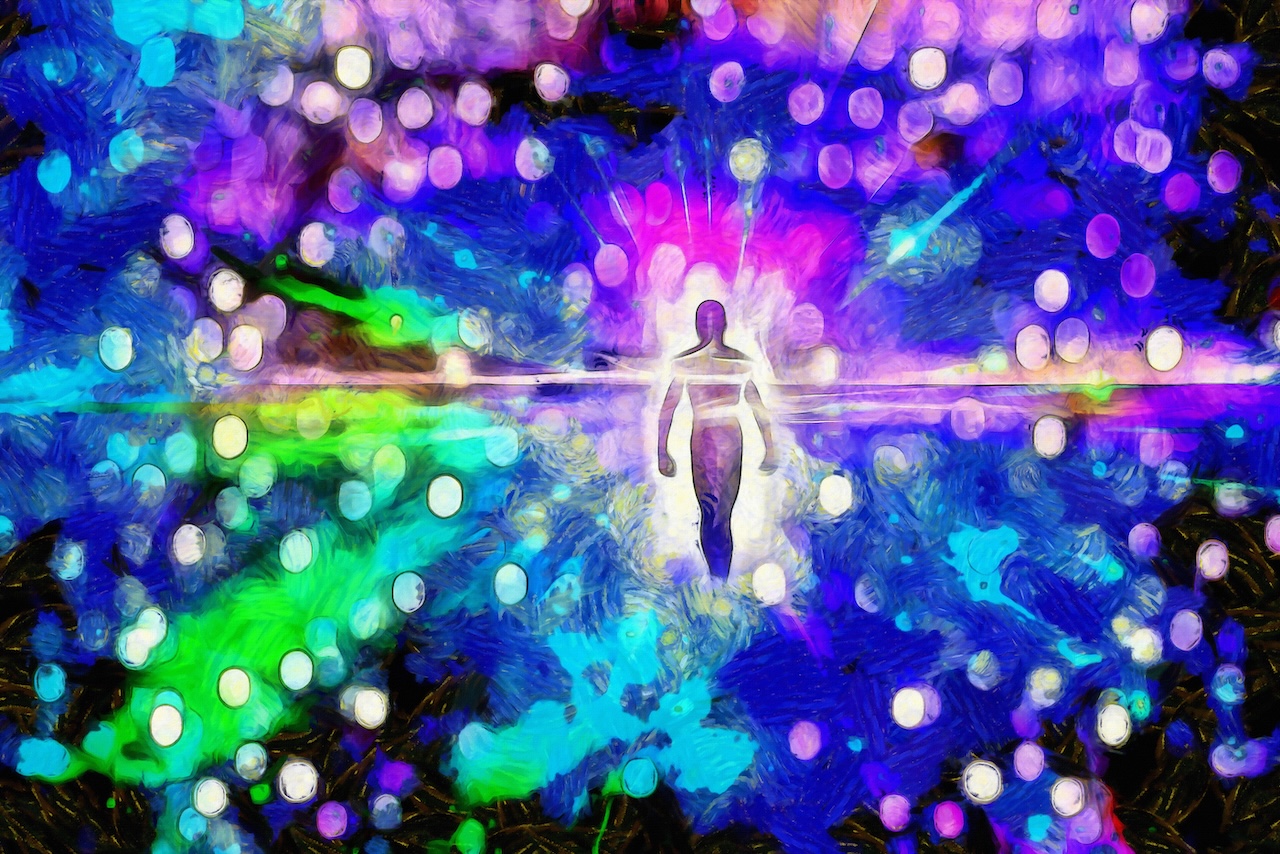

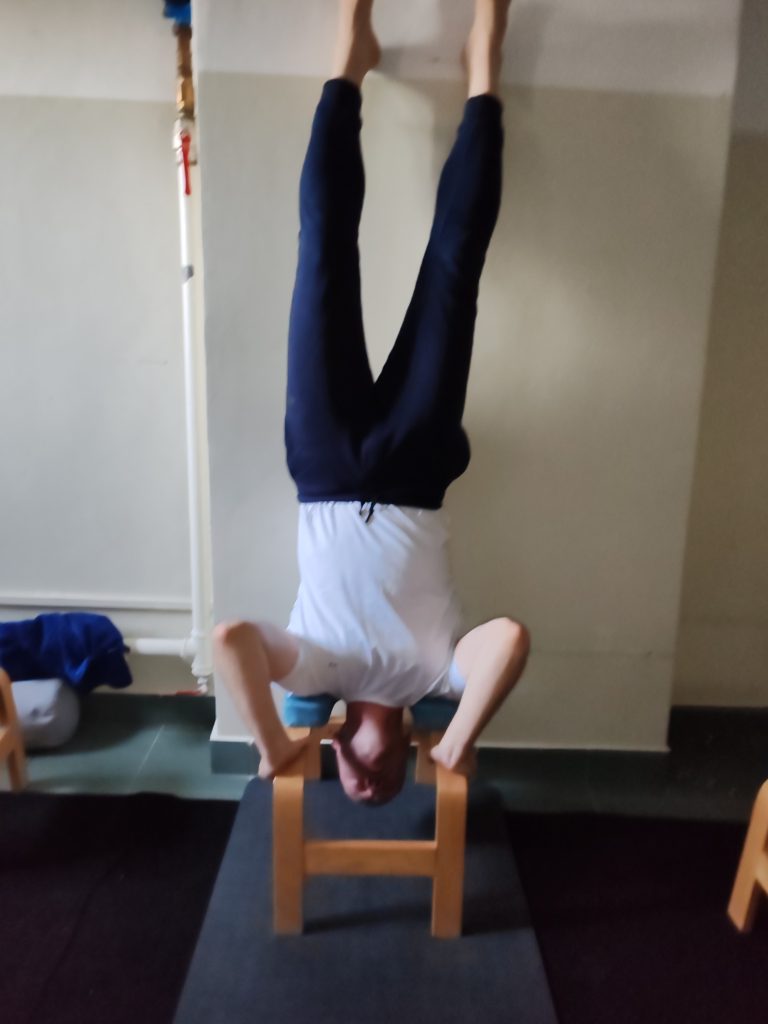
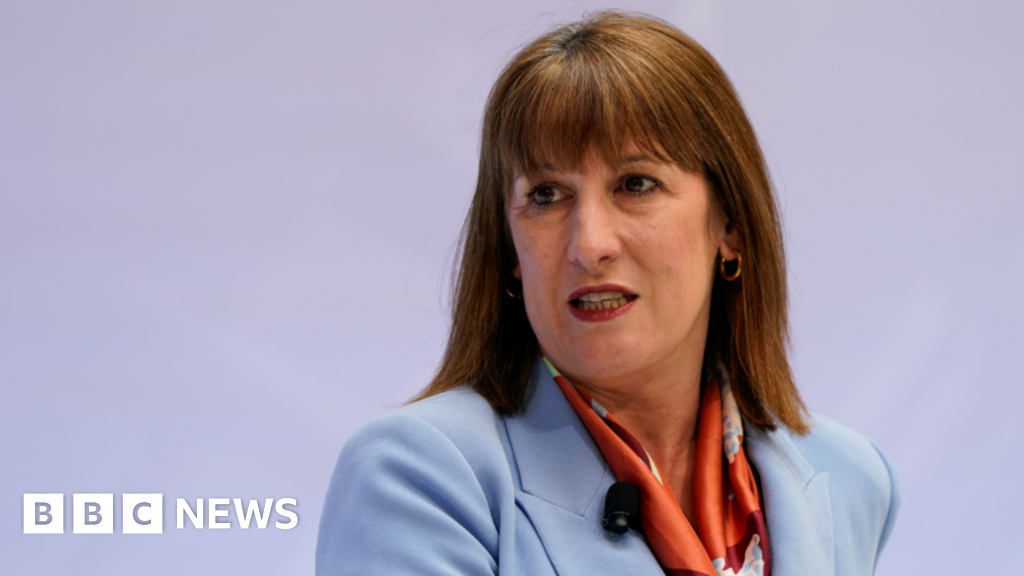

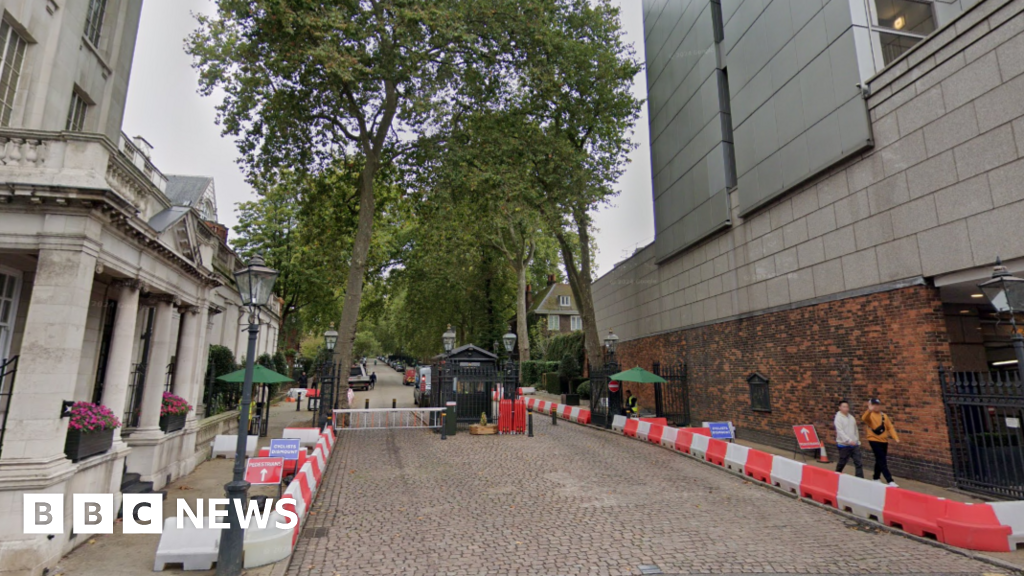
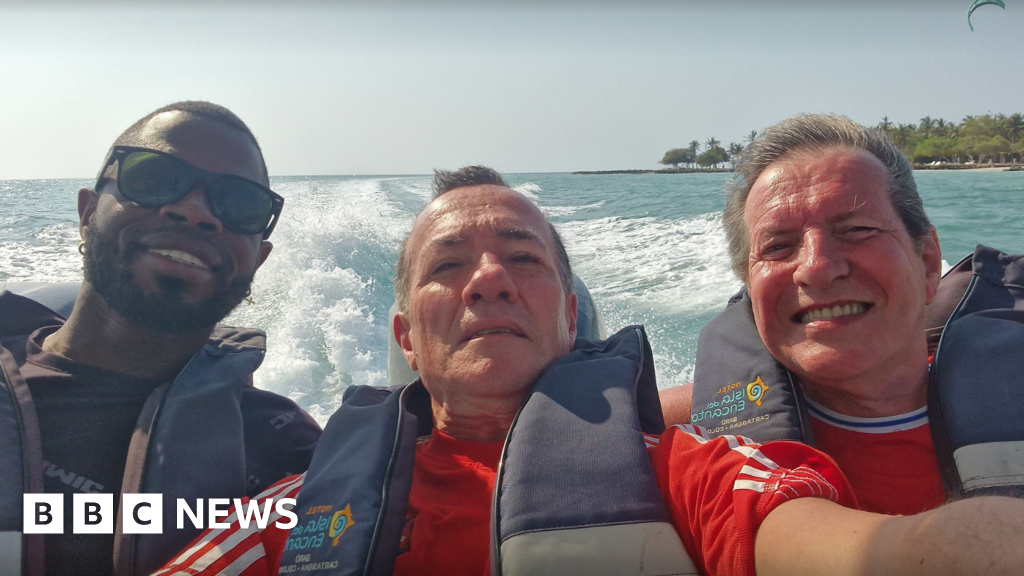
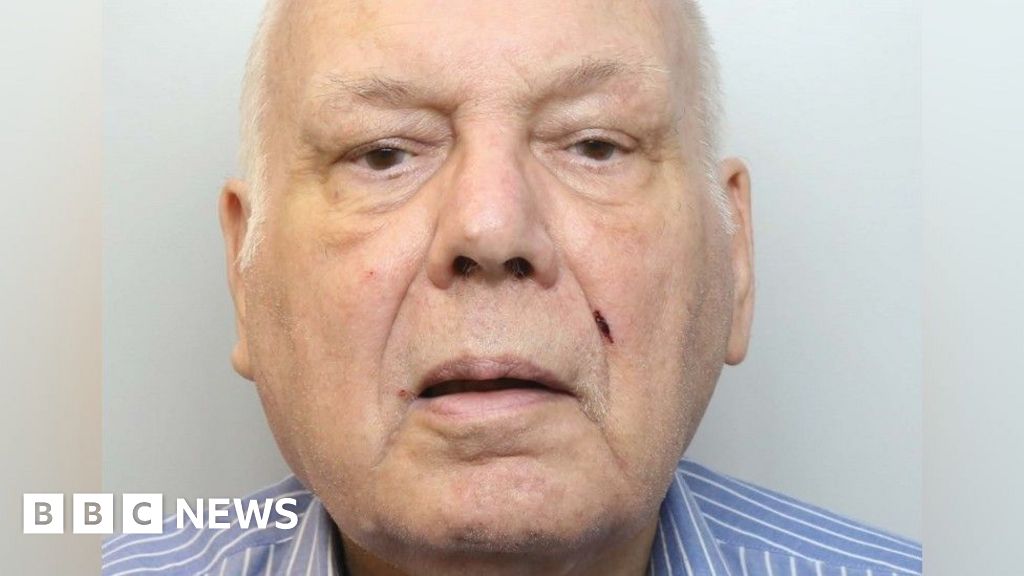
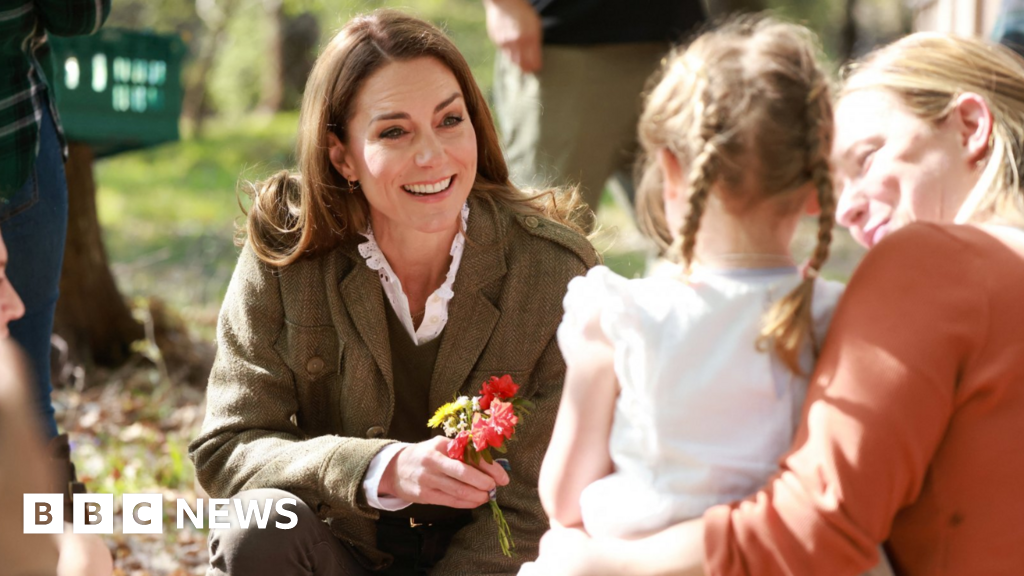






Leave a Reply